From the moment the waters started to flow into cities and towns, The Salvation Army mobilized to assist. The first community response unit from Calgary headed to High River, but before we even reached the town, word came that the entire community was being evacuated. We were rerouted to Blackie, where we served hundreds of people—some coming in with wet feet and clothes, having been picked up by combines to escape the raging waters.
That first day, more than 500 people were fed. Over the next 12 weeks, The Salvation Army provided assistance to more than 50,000 people. Community response units (CRUs) were brought in from Alberta, British Columbia and Saskatchewan. Salvation Army personnel from across the country came to lend a helping hand. CRUs went out daily to communities in southern Alberta to provide food, water and emotional and spiritual care. Where the CRUs couldn't drive in High River, teams went on foot, taking coolers of water and snacks to people trying to sort through the destruction and salvage what they could.
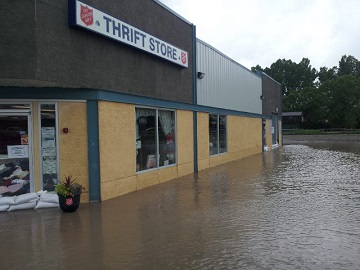 The Salvation Army thrift store in High River, the morning of the flood
The Salvation Army thrift store in High River, the morning of the flood
In the midst of the flood response, The Salvation Army's Centre of Hope in downtown Calgary had to evacuate more than 400 people for almost two weeks. After reopening, the eight-storey building was without elevator service for several months. The Army's community and family services in High River, which houses the corps and the only local food bank, suffered extensive flood damage. Once residents returned to the community, a makeshift operation was set up in the parking lot so that food, clothing and financial assistance could be provided until the renovated facilities were reopened in October 2013.
When disaster strikes, The Salvation Army is often the first on the scene and the last to leave. It was no different with the Alberta floods. In most places, life returned to normal within a couple of months and our CRUs and extra personnel returned home. But two years later, The Salvation Army in High River continues to provide assistance to those most affected by the floods. We have seen a significant increase in the number of people seeking help.
As the first anniversary of the flood approached, the people of southern Alberta experienced a great deal of anxiety. Many didn't want to rebuild completely until they felt sure it wouldn't happen again. Every year, as June 19 approaches, we remember not only the destruction but the phenomenal support that came from all across the country.
After the initial emergency response, The Salvation Army distributed the remaining donated funds—$1.7 million—to more than 500 families to further help with recovery. Many wrote to say thank you and that the gift came at just the right time.
From a personal perspective as one of the first to mobilize, I am thankful I had the opportunity to support people in crisis. I am also extremely grateful to Salvation Army personnel from across Canada who came to assist and all those who donated funds. I will never forget the faces of those I was privileged to serve in a small way. Over the years, I have served at several disasters and often think of a slogan I heard after hurricane Katrina: “We combat natural disasters with acts of God.” We pray that this summer, the snow in the mountains will melt slowly and the rivers won't rise—but wherever there is a need, The Salvation Army will respond.
Captain Pamela Goodyear is the divisional secretary for public relations and development in the Alberta and Northern Territories Division.

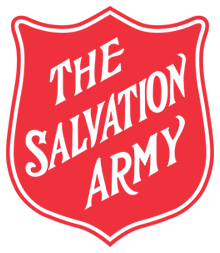
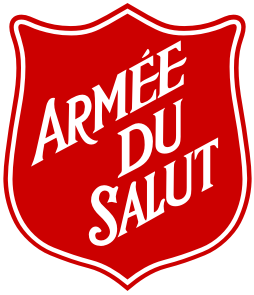

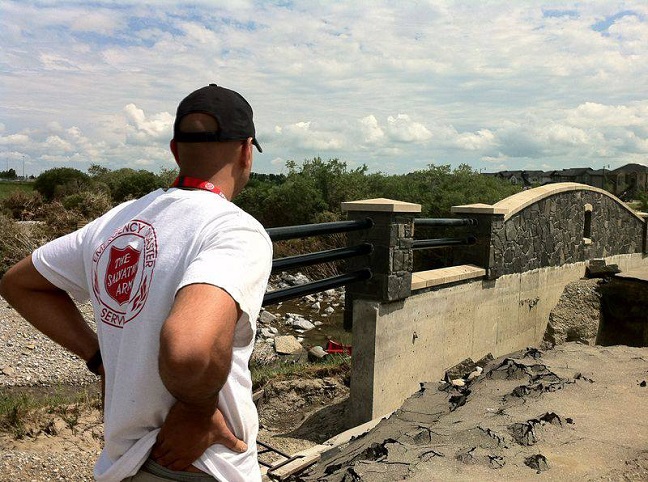
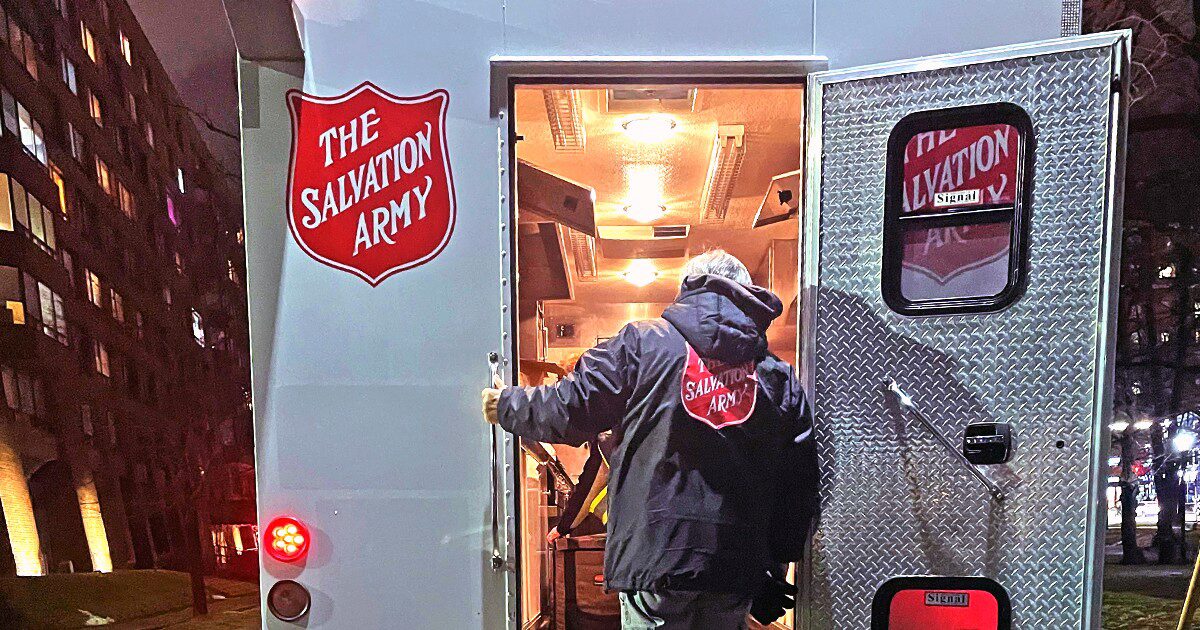
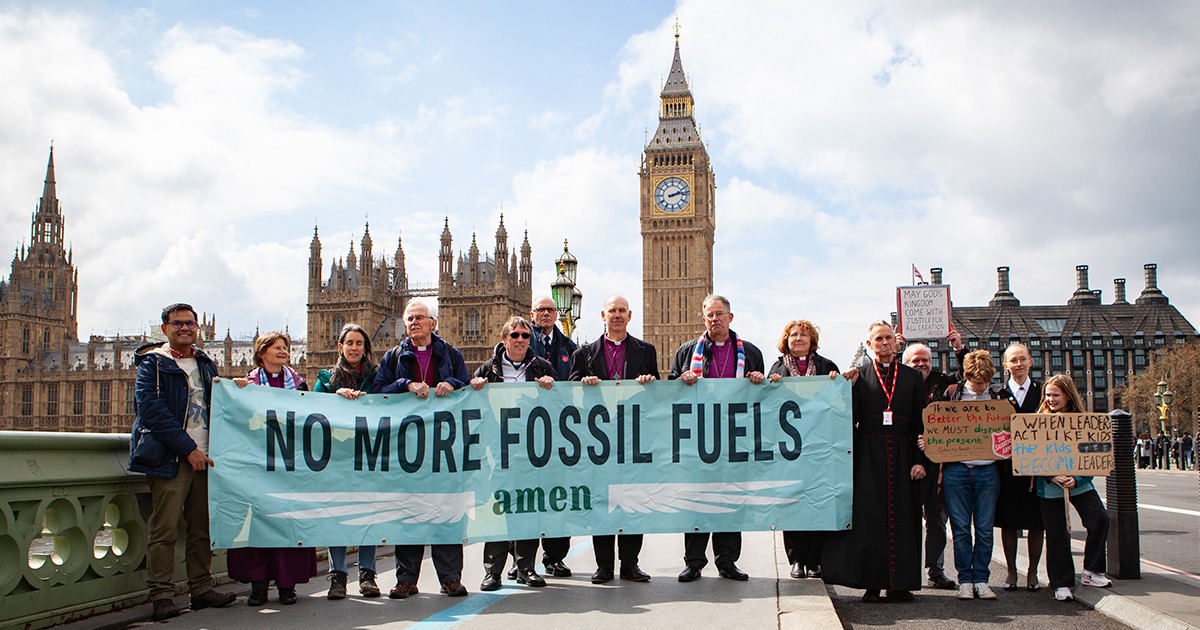



Leave a Comment